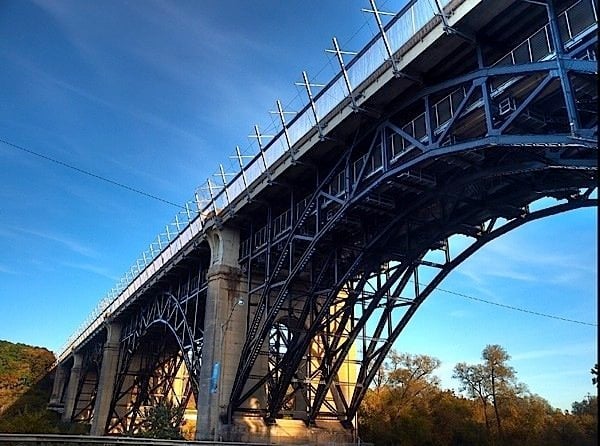The perennial subject of infrastructure in Canada, featuring now in the election campaign, has reached a point of broad consensus, according to a new report from the Residential and Civil Construction Alliance of Ontario. The problem is, while most agree that money must be spent, there is less understanding of what to spend it on. The right infrastructure, writes the report’s author, Michael Fenn, a former deputy minister in Ontario and founder of Metrolinx, must be sustainable and it must be built using forward-looking financial instruments and tax policies. Investment must be in infrastructure that is innovative, with benefits that will last long into the future. “Good infrastructure decisions pay dividends for generations.”
A lack of good infrastructure, on the other hand, diminishes productivity and results in higher costs and poorer competitiveness.
Knowing what infrastructure to invest in requires answering some very difficult questions, the report says. What new forms of infrastructure will emerge in coming years, and what will become obsolete? Will new technologies make certain kinds of infrastructure unnecessary, or provide more cost-effective solutions? How will major societal and economic trends influence the kind of infrastructure we need? And how will these trends change the world that the infrastructure must support?
We know we cannot build our way out of congestion by simply building larger versions of what we have built until now. And we know what we have now is inadequate to today’s task. Without an ability to accurately predict the nature of motorized surface transportation vehicles in 2025, 2035 or 2045, we now cannot even design our way out of congestion.
Simply building more of what we already have is not the answer. “We know we cannot build our way out of congestion by simply building larger versions of what we have built until now,” Fenn writes. Without knowing what kind of “motorized surface transportation vehicles”—cars and trucks and trains—we will have ten or twenty years from now, it is impossible to design a solution to the problem of congestion.
Intelligent transportation technology is already advancing rapidly, and will change the way cities and neighbourhoods look. Driverless vehicles, fully automated transit systems, re-engineered road intersections, the commercial use of drones and localized logistics for Internet-based goods delivery are some of the emerging technologies that will impact infrastructure. Whether these turn out to be good or bad, positive or negative, depends upon the extent to which society plans for and manages them.
The report makes three broad recommendations to form a strategy for Ontario’s future infrastructure needs. One of these is to establish a new “policy secretariat” at the cabinet level of government. The secretariat, headed by a minister, would have the mandate of consulting the decision makers of the province and advising the government on “future-oriented” planning and building.
The second recommendation is for more funding to promote research and development of this future-oriented infrastructure. A Royal Commission on Ontario’s future should also be appointed.

































